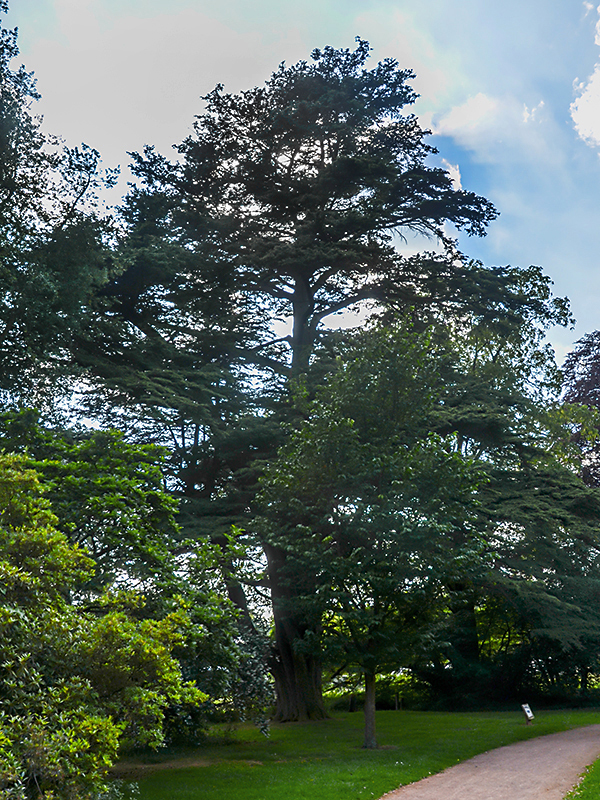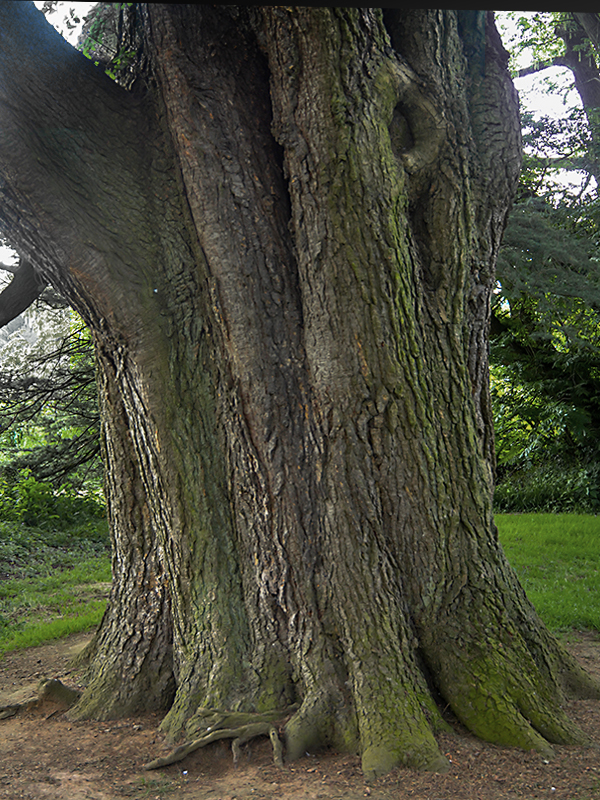| General Description | Large stately evergreen with a massive trunk when mature, along with wide-sweeping, horizontal branches which originate on the lower trunk. Dark green needles and cones are held upright above the foliage. |
| ID Characteristic | Stately specimen tree. Pyramidal shape when young. Flat-topped, slightly loose, and spreading tree with strong horizontal branching when mature. This is the most cold-hardy of the Cedrus genus. |
| Shape | Irregular and tightly pyramidal in youth; as it ages, massive horizontal spreading of the limbs takes place. |
| Landscape | It is not suited to street plantings but makes an exceptional specimen tree. It is widely used as an ornamental in southern climates and produces a very statuesque form with age. |
| Propagation | Propagate from seed and sow as soon as it ripens. It is difficult to propagate from cuttings, and it does not like to be transplanted. |
| Cultivation | Is widely cultivated as an ornamental species in southern climates. Requires about 1000 mm of rain a year. They form open forests with a low undergrowth of grasses in their native habitat. |
| Pests | No pests or diseases of consequence. |
| Notable Specimens | Niagara Parks Botanical Gardens, Niagara Falls, Ontario. Westonbirt, The National Arboretum, Tetbury, Gloucestershire, England. Goodwood House, Chichester, England where 45 plants remain from an original 1760's planting. Some 350 young plants from wild collected origins will be planted over 30 sites in England in the next few years (2015) including Edenhall, Penrith; Old Rectory, Wantage; and Goodwood House, Chichester. |
| Habitat | Full sun, intolerant of drought. Prefers moist, well-drained fertile soil, but will survive poor soils. |
| Bark/Stem Description | Thick trunk, dark greyish-brown colour with a speckled appearance and a deeply fissured texture. |
| Flower/Leaf Bud Description | Small, oval and brown, enveloped with few scales. |
| Leaf Description | Alternate 4-sided, stiff, tapered near the points. Dark green to grey-green 2-3.5 cm long. Tufts of 30-40, white lines on all 4 sides. Needles stay attached to the tree for 2 years, when they fall to the ground they don't decay for several years. |
| Flower Description | Does not flower until it is 25-30 years old. The flowers or catkins are unisexual, with both male and female flowers on the same tree. The 5cm catkins are reddish in colour. |
| Fruit Description | Cones erect with a flat or curved tip, 8-10 cm long, 4-6 cm wide and resinous. Young cones are light green in colour, while female cones are barrel-shaped and dull brown, maturing in their second year. |
| Colour Description | Dark to bright green and often lustrous. |
| Texture Description | Medium with a broad horizontally layered appearance to the branching. |


